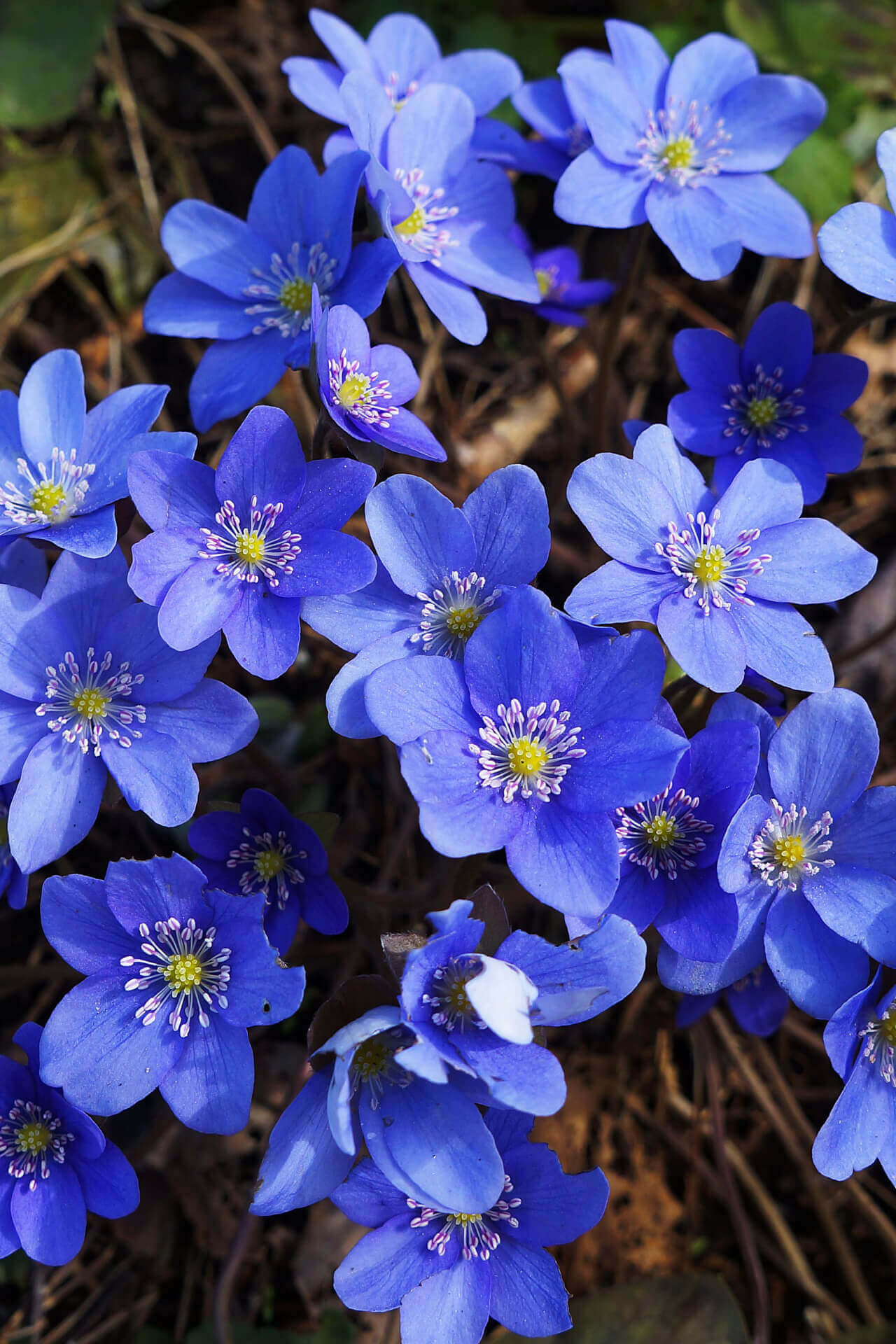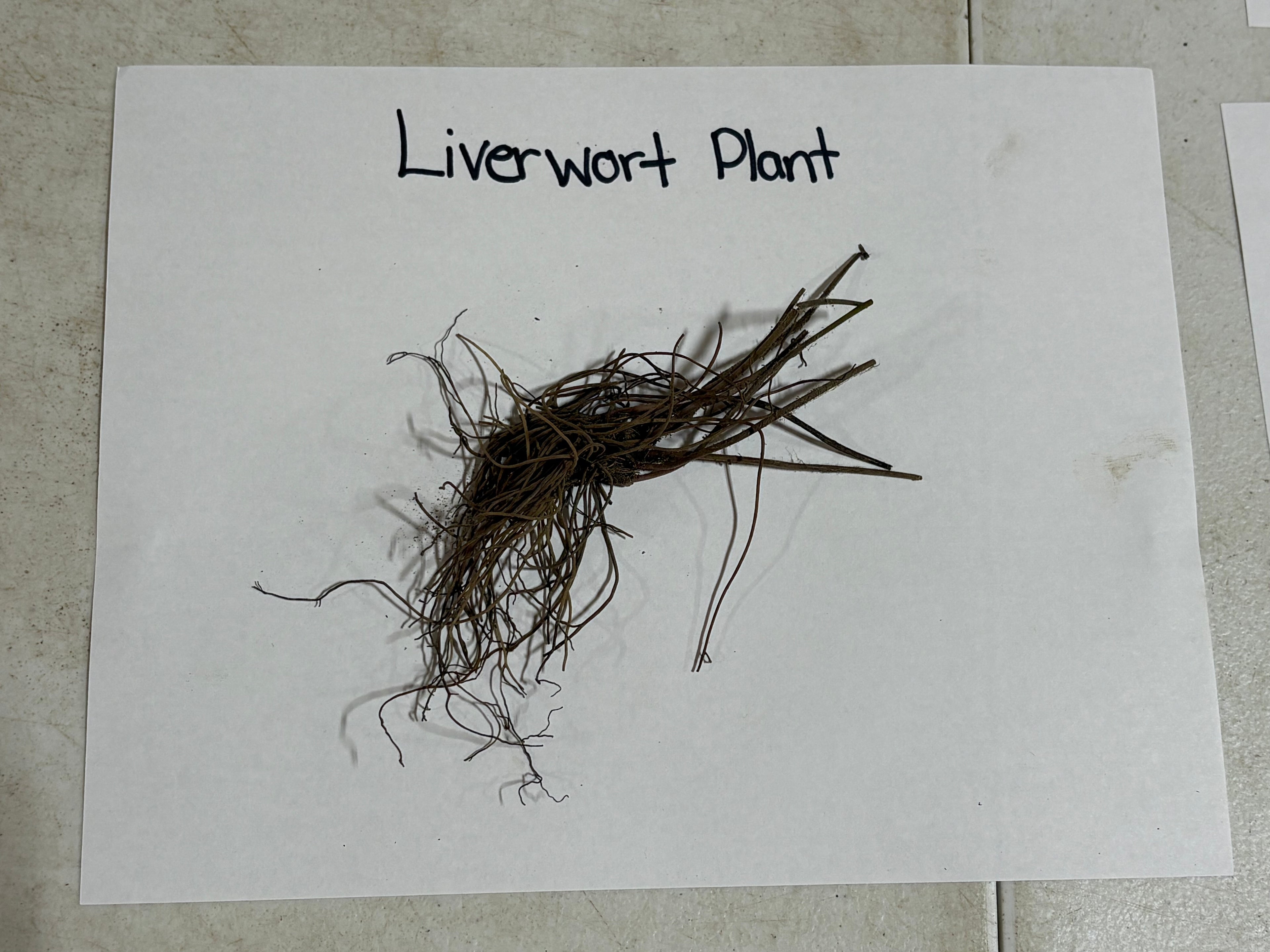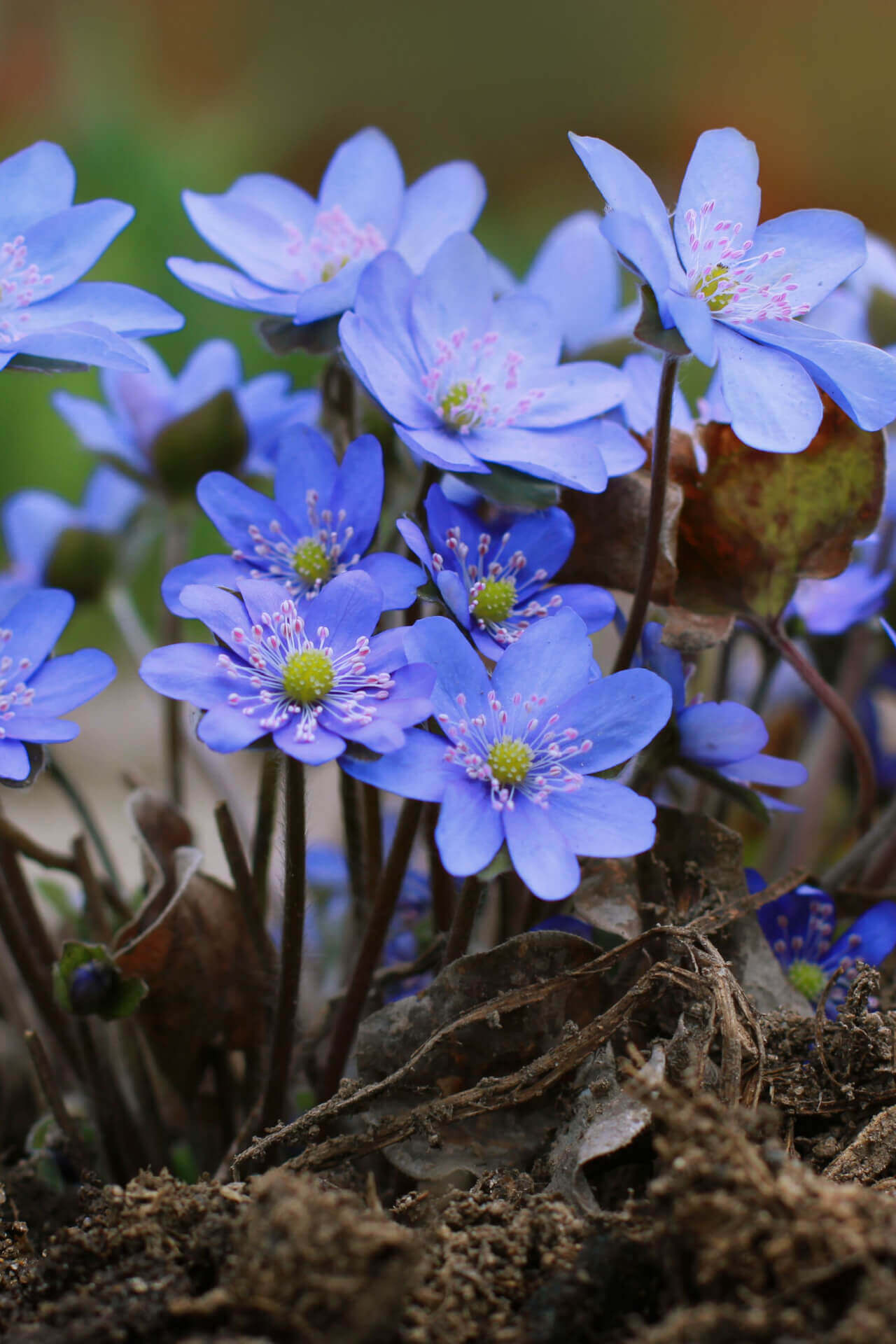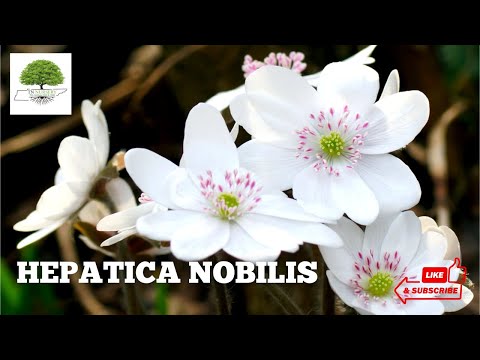Liverwort Plant For Sale
Liverwort plant, also called hepatica, is a uniquely pleasant native flower, perfect for woodland gardens. Dark‑green, tri‑lobed foliage—its namesake feature—makes the tiny purple blossoms stand out in shady nooks. This perennial is a woody native that is low-maintenance and disease and pest-resistant.
Hepatica Plant Details
Family: Buttercup (Ranunculaceae)
Light Requirement: Shade
Water Needs: Moist
Height: 6 in
Spread: 8 in
Growth Rate: Slow
Bloom Time: Spring
Flower Color: Purple
Wildlife Value: Attracts bees
Landscape Uses and Maintenance
Hepatica adds soft, delicate charm year after year with star‑shaped flowers that range from white and purple to blue. A spring ephemeral, it delights gardeners of every experience level thanks to its low‑maintenance nature. Raise it up in rock or woodland gardens so the blooms are at eye level for full appreciation.
In the wild, Liverwort Plant grows in leaf‑litter pockets at the bases of forest boulders. Mimic those conditions by providing full to partial shade and well‑drained soil rich in organic matter—leaf mold, humus, or compost all work well. Water regularly during establishment, but avoid waterlogging; yellow leaves signal excess moisture.
Once settled, this plant requires very little care and is naturally avoided by deer, rabbits, and squirrels—perfect for critter‑prone gardens.
Noteworthy Traits of Hepatica
Hairy stems on the Liverwort plant support the delicate blossoms as they emerge, while butterflies, bees, and other pollinators eagerly visit. Hepatica’s resilient charm and woodland grace make it a must‑have for shaded gardens.
Exposure
Liverwort thrives in partial to full shade. It prefers indirect light, as it naturally grows under the forest canopy. Providing filtered sunlight or dappled shade helps maintain its vibrant foliage and ensures optimal growth and blooming.
Height at Maturity
Under 12"
Usage
Shade Plant
Shipped As
Bare-root
Ships
USPS
Planting Zones
4-8




